20 Bizarre Eats from Around the World That Might Just Turn Your Stomach

Many cultures have their own unique and prized food or delicacy, stemming back hundreds of years and which help carry traditions forward to the modern day. However, what is considered a delicacy in one culture can sometimes be viewed with distaste or even repulsion in another. These culinary divides stem from flavor preferences and cultural norms. For instance, while insects are a sustainable source of protein enjoyed in many parts of the world, they may elicit a strong reaction from those unaccustomed to the idea of eating them.
Here are 20 cultural foods that are prized in their country of origin, but are looked at with disgust in others.
Root Beer

Root beer is a classic American beverage with a unique taste that comes from the sassafras root. It’s often nostalgically associated with American culture, from vintage diners to ice cream floats. However, for many non-Americans, the flavor of root beer is reminiscent of medicinal cough syrups used in other countries, leading to an aversion to the drink.
Balut
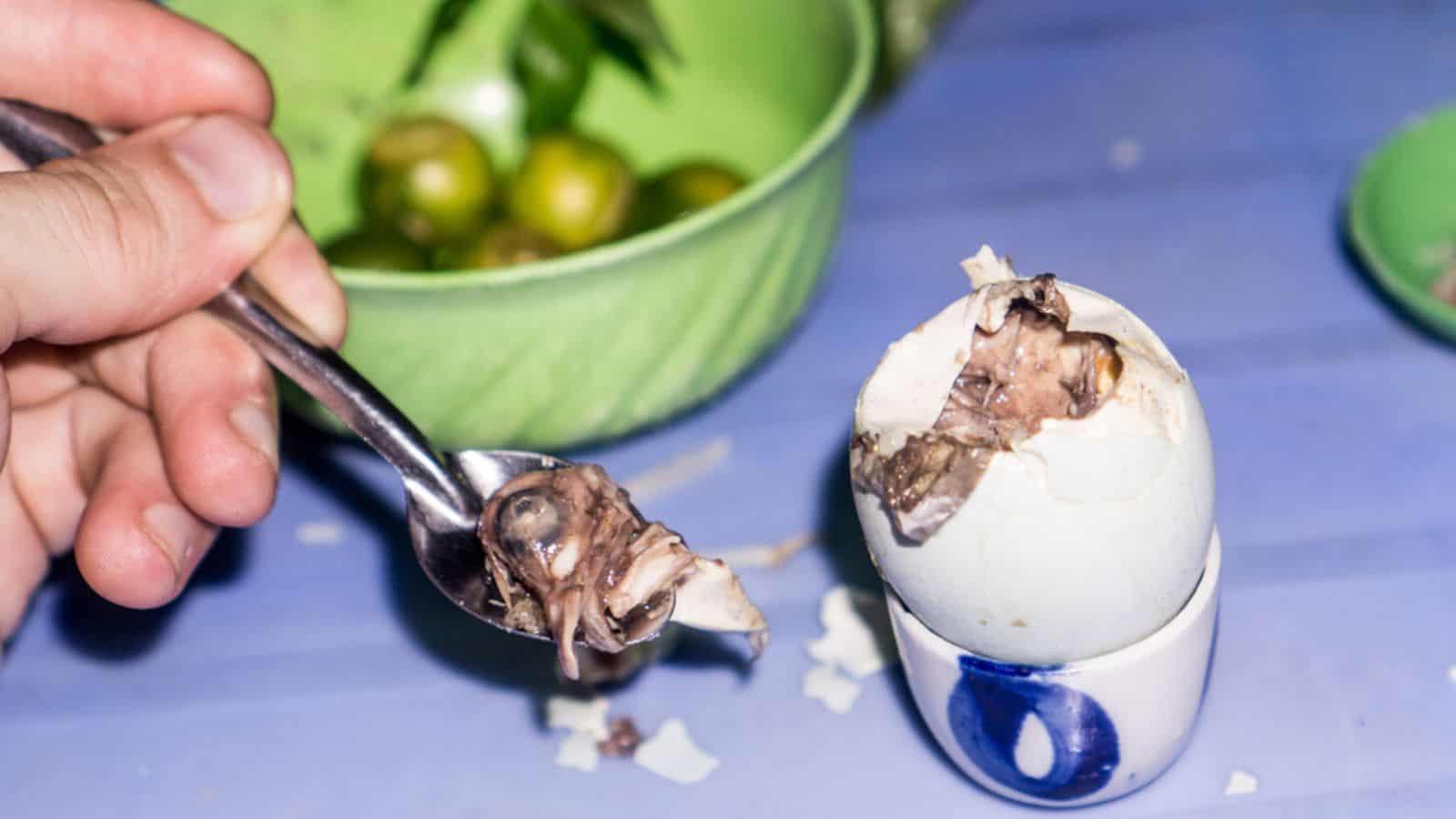
Balut, a street food delicacy common in the Philippines, is a fertilized duck egg with a nearly developed embryo inside that is boiled and eaten from the shell. It’s known for its rich flavors and is considered a high-protein snack. However, the visual aspect of a partially formed duckling can be off-putting for those not used to eating this food, and the concept of eating an embryo is often met with shock and disgust by outsiders to the culture.
Midwestern “Salads”

In the American Midwest, the term “salad” can refer to a variety of dishes that are quite different from the leafy greens associated with the word elsewhere. These salads often contain a high proportion of mayonnaise, along with ingredients like pasta, canned fruit, or even candy bars. These unconventional salads can be perplexing to those who expect a salad to be a light, vegetable-focused dish, and the heavy use of mayonnaise is particularly divisive.
Jellied Eels

Jellied eels are a traditional English dish particularly associated with the East End of London. It consists of chopped eels boiled in a spiced stock that is allowed to cool and set, forming a jelly. While it has a long history and is cherished by some as a comfort food, the texture of the jelly and the idea of eating eels can be unappetizing to those not familiar with this culinary tradition.
Vegemite

Vegemite is a thick, dark spread made from leftover brewers’ yeast extract with various vegetable and spice additives. It’s an iconic Australian food, typically spread on toast or crackers. Its salty, slightly bitter flavor and the intensity of the spread can be overwhelming for foreigners, leading many non-Australians to recoil at first taste.
Durian
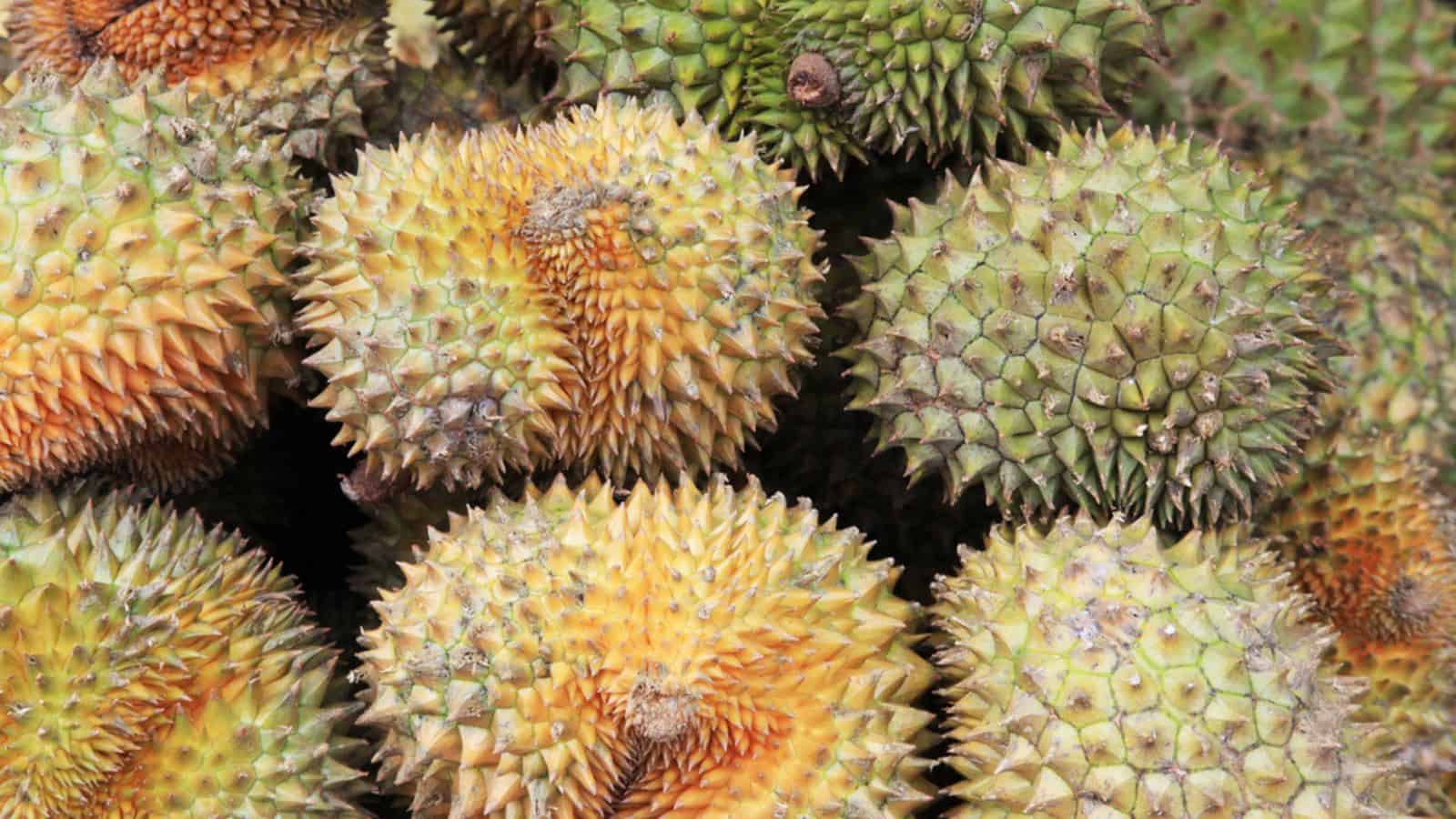
Durian, known as the “king of fruits” in Southeast Asia, is famous for its large size, thorny exterior, and especially its strong odor, which is often compared to rotten onions or sewage. While it is beloved in many Asian cultures for its rich, custardy texture and complex flavor, the smell is so off-putting to some that it’s banned on public transportation in certain countries. The polarizing reactions to durian range from adoration to absolute revulsion.
Stinky Tofu
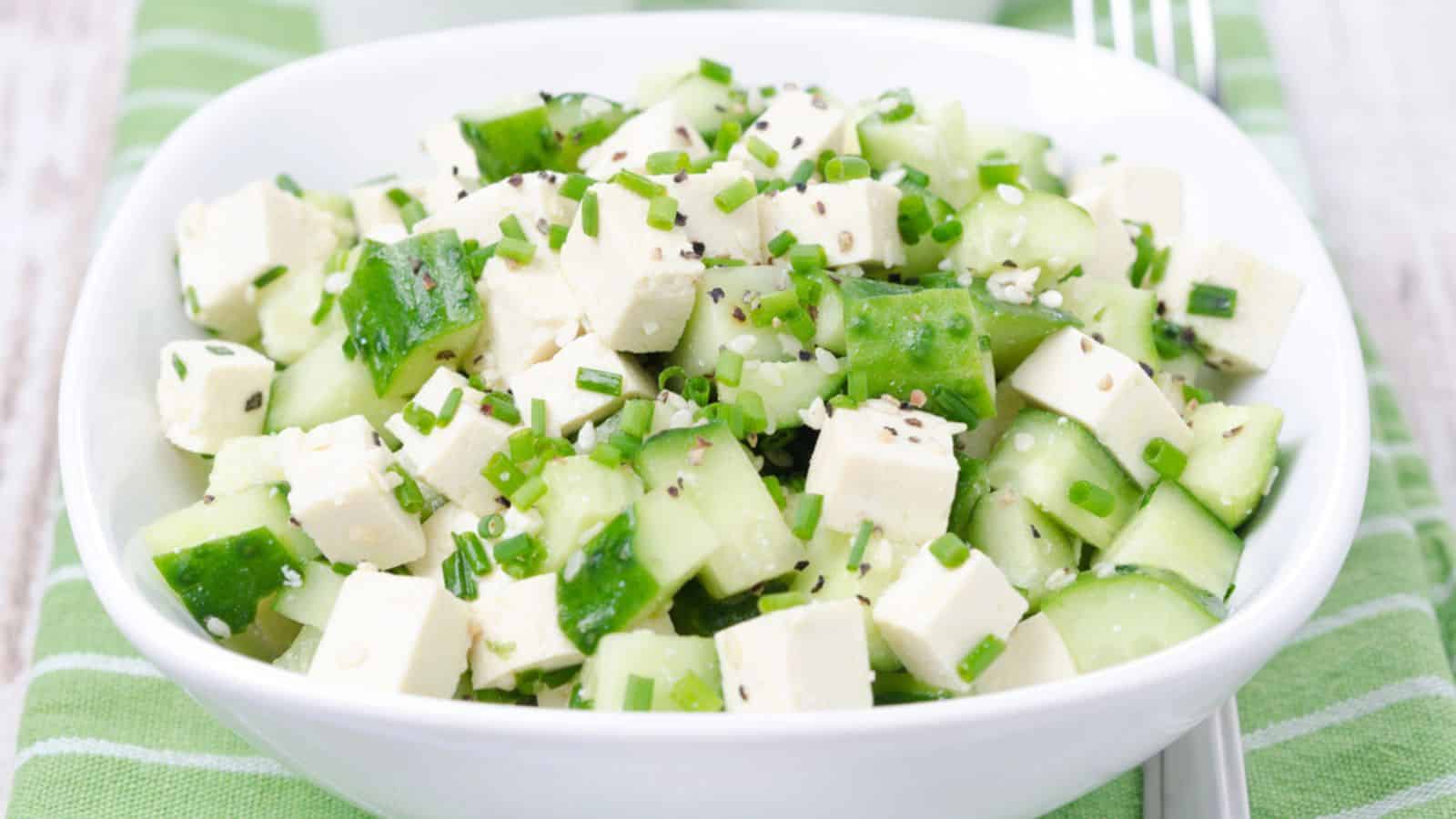
Stinky tofu is a fermented tofu dish that is a popular street food in China, Taiwan, and other parts of East and Southeast Asia. Its name comes from the pungent odor produced during the fermentation process, which can be likened to rotten garbage or manure. Despite its smell, stinky tofu is prized for its flavor and is often enjoyed fried with chili sauce. For many outsiders, the initial smell can prevent them from ever trying this food.
Meat Jelly or Aspic
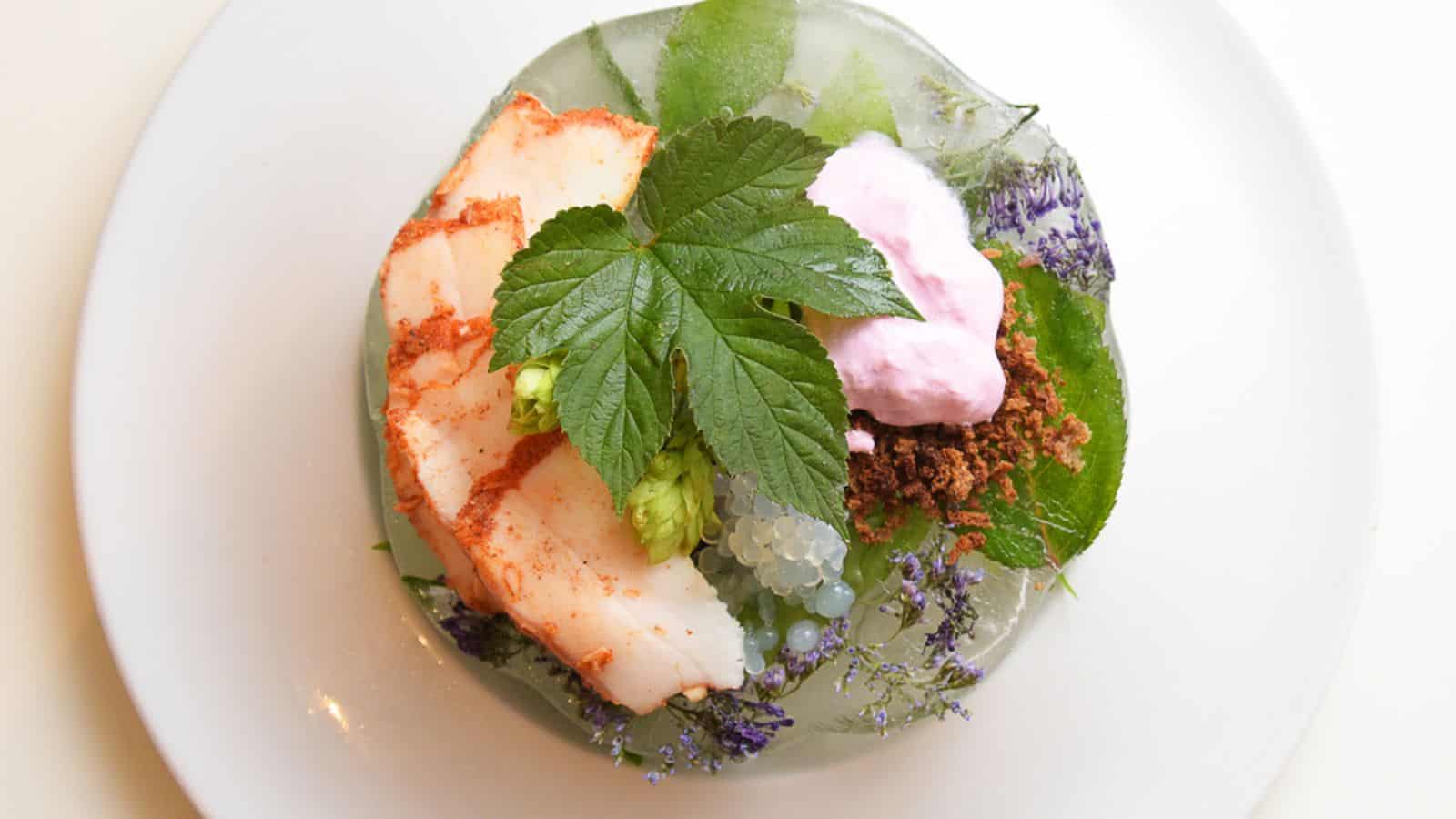
Meat jelly, also known as aspic, is a dish in which ingredients like meat, vegetables, or eggs are set into a gelatin made from a meat stock or consommé. It’s enjoyed in various European cuisines and can be likened to a savory Jell-O. In the United States, the dish is less common and might be considered outdated or unappetizing, especially when served cold. However, when this meat stock is warmed and branded as bone broth, it becomes a trendy and sought-after health food, demonstrating how presentation and perception can vastly change a food’s appeal.
Huhu Grubs
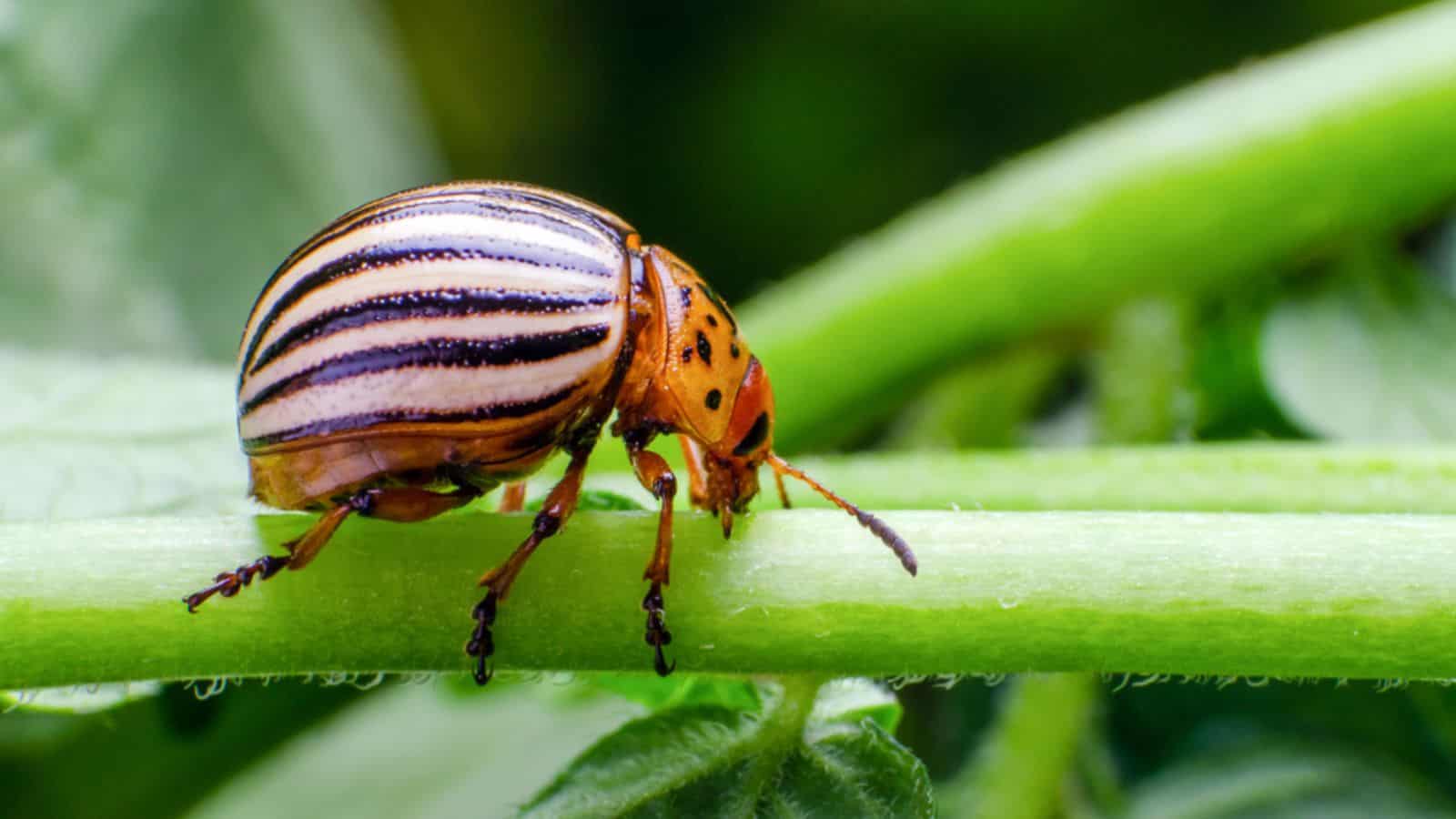
Huhu grubs are the larvae of the huhu beetle, native to New Zealand. They are considered a traditional Maori delicacy and can be eaten raw or cooked, often described as having a taste similar to peanut butter. Despite their nutritional value, the idea of eating grubs is quite foreign and even repulsive to many outside of cultures that traditionally consume insects. The texture and visual aspect of the grubs often stop others from ever trying this delicacy.
Brain Sandwich

The brain sandwich, particularly associated with Evansville, Indiana, is exactly what it sounds like: slices of breaded and deep-fried brain (traditionally from pigs, though now often from cows), served on a bun with various toppings like pickles and onions. This dish has its roots in the history of using all parts of an animal, but the idea of consuming brain tissue is unsettling for many due to its unfamiliarity and the texture, which can be creamy or mushy.
Poutine

Poutine is a beloved Canadian dish originating from Quebec, consisting of fries topped with cheese curds and smothered in gravy. While this comfort food has gained popularity in various parts of the world, some outsiders find the idea of soggy fries covered in gravy and cheese curds unappealing. The texture of the cheese curds, which are meant to be slightly squeaky, can also be unapetizing for those unfamiliar with the dish. Despite this, poutine has a dedicated following and is a source of Canadian pride.
Garlic Butter Snails (Escargot)

Escargot, a dish made of cooked snails, is often associated with French cuisine. The snails are typically prepared with garlic butter, chicken stock, or wine, and served in their shells. While escargot is considered a delicacy in France and other parts of Europe, the concept of eating snails is quite foreign to many people around the world, who might find the idea unappetizing or even repulsive due to the texture and the association of snails with garden pests. BBC Good Food lists escargot among the top foods to try in France, noting its status as a classic French dish.
Aerosol Cheese (Spray Cheese)
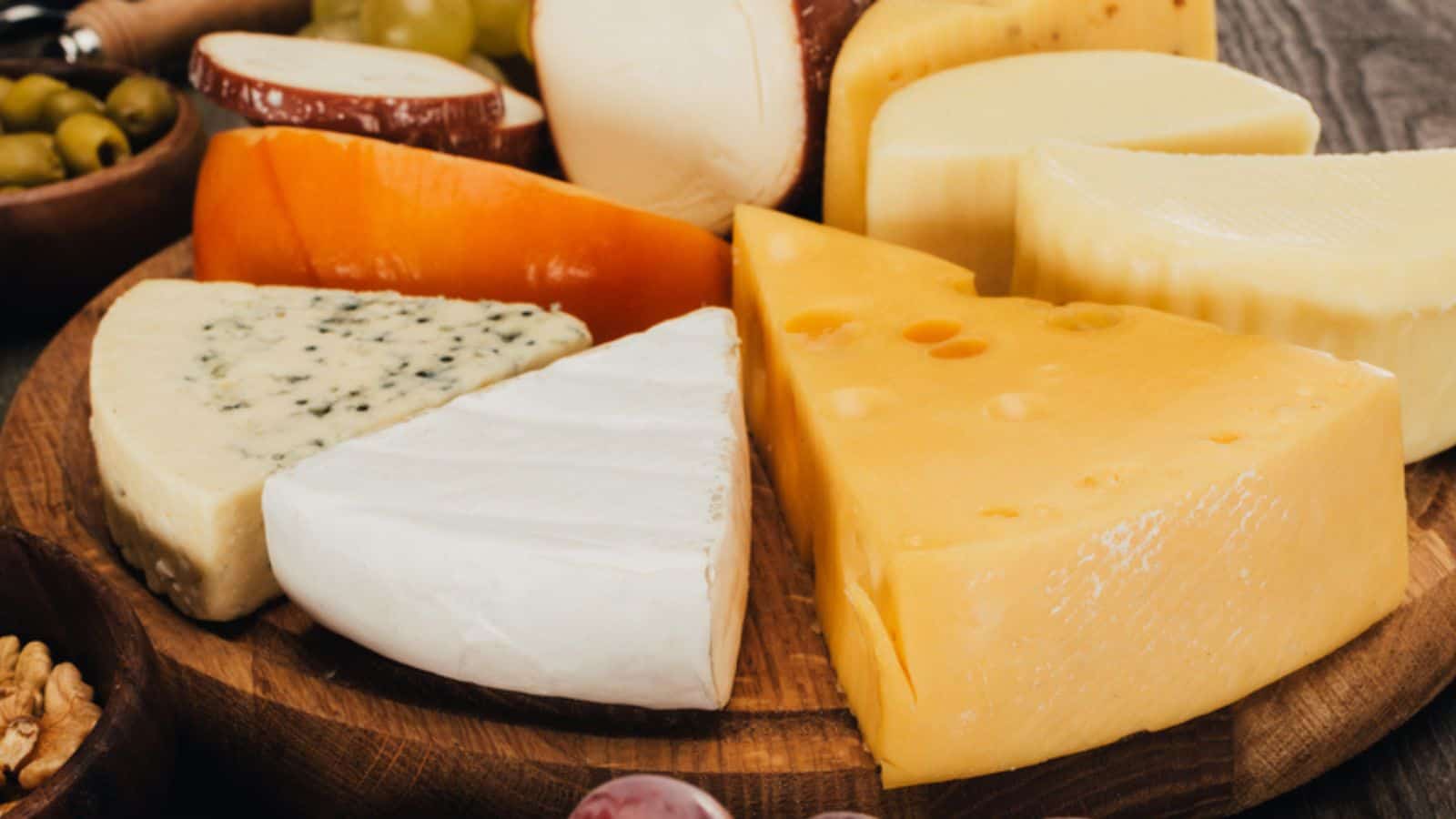
Aerosol cheese, also known as spray cheese or cheese in a can, is a type of processed cheese product that comes in a spray can. It’s a fixture in American snack culture, often used as a topping for crackers and other foods. However, its artificial nature and the fact that it’s dispensed from a can can be off-putting for those who prefer natural or traditional cheese.
Century Eggs
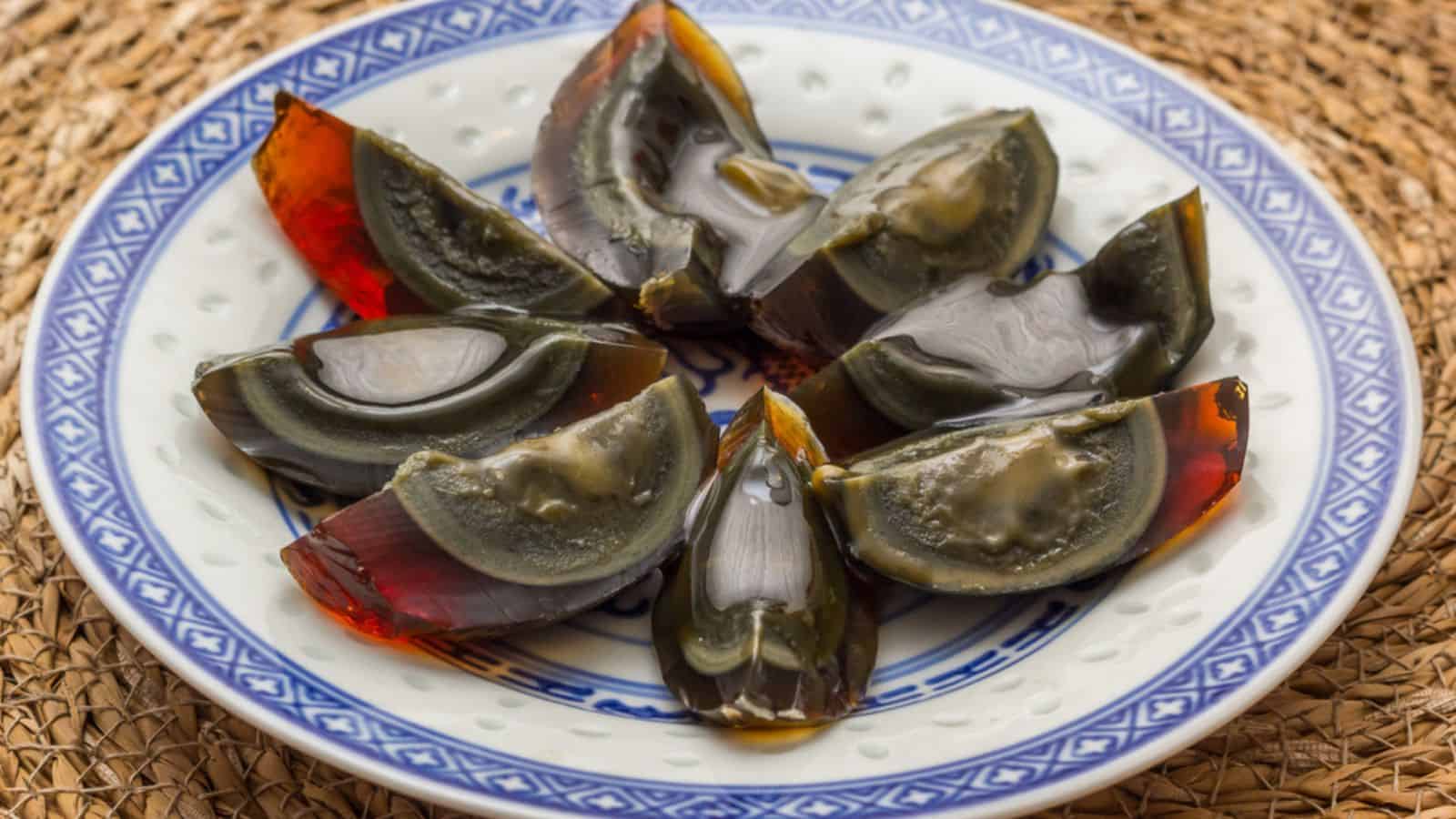
Century eggs, also known as preserved eggs, are a Chinese delicacy made by preserving duck, chicken, or quail eggs in a mixture of clay, ash, salt, quicklime, and rice hulls for several weeks to several months. The process turns the yolk dark green to grey and imbues it with a creamy, cheese-like texture, while the white becomes a translucent, dark brown jelly. While they are a prized ingredient in many Chinese dishes, the strong ammonia and sulfur odor, along with the unusual appearance, can be quite jarring for others.
Haggis
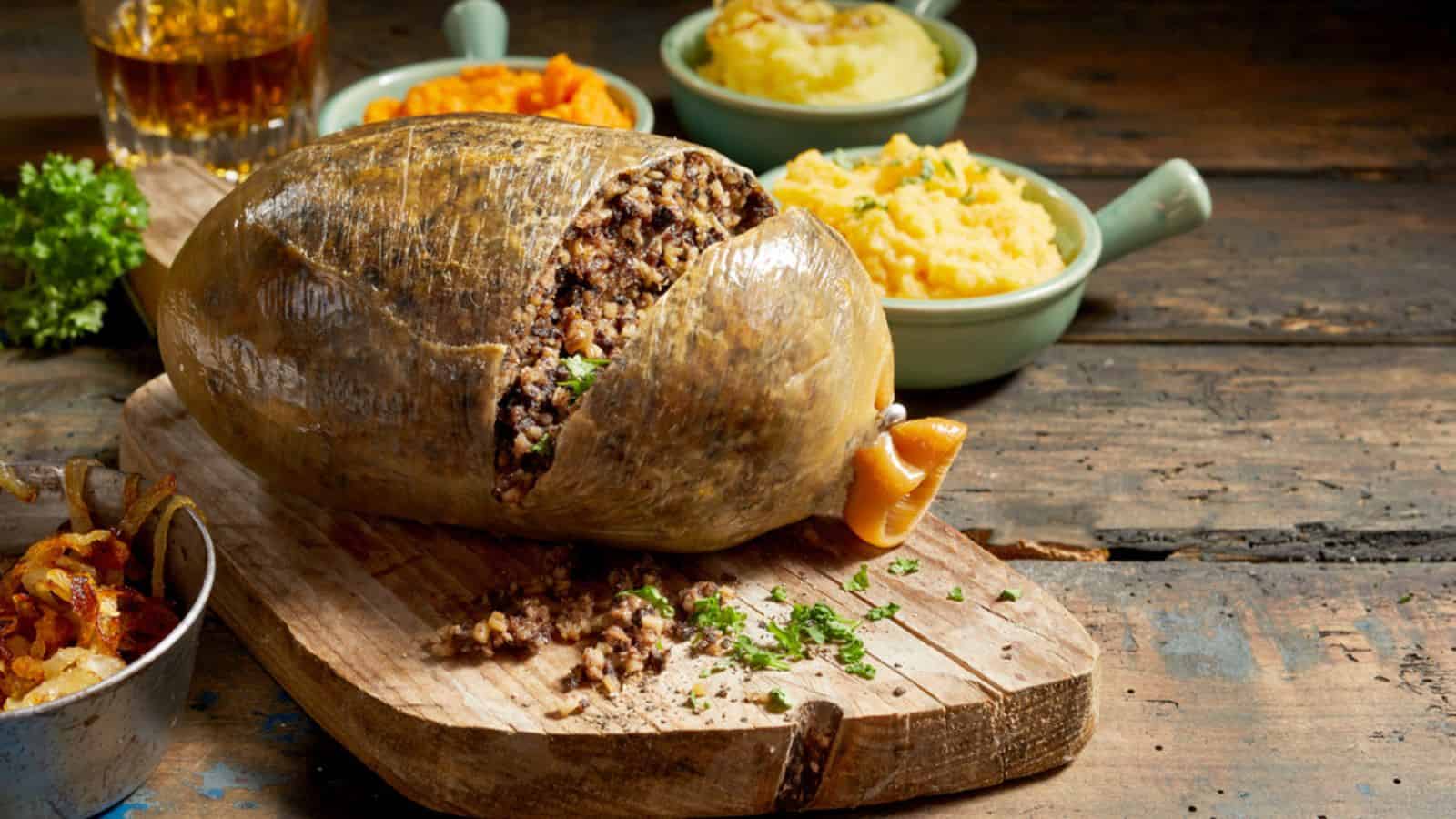
Haggis is Scotland’s national dish, which combines sheep’s heart, liver, and lungs with onions, oatmeal, suet, spices, and salt, mixed with stock, and traditionally encased in the animal’s stomach, though now often in an artificial casing instead. It’s a staple of Scottish cuisine and is especially consumed during Burns Night. Despite its rich flavor and cultural importance, the description of its ingredients and preparation can be off-putting for those not used to eating animal organs.
Natto
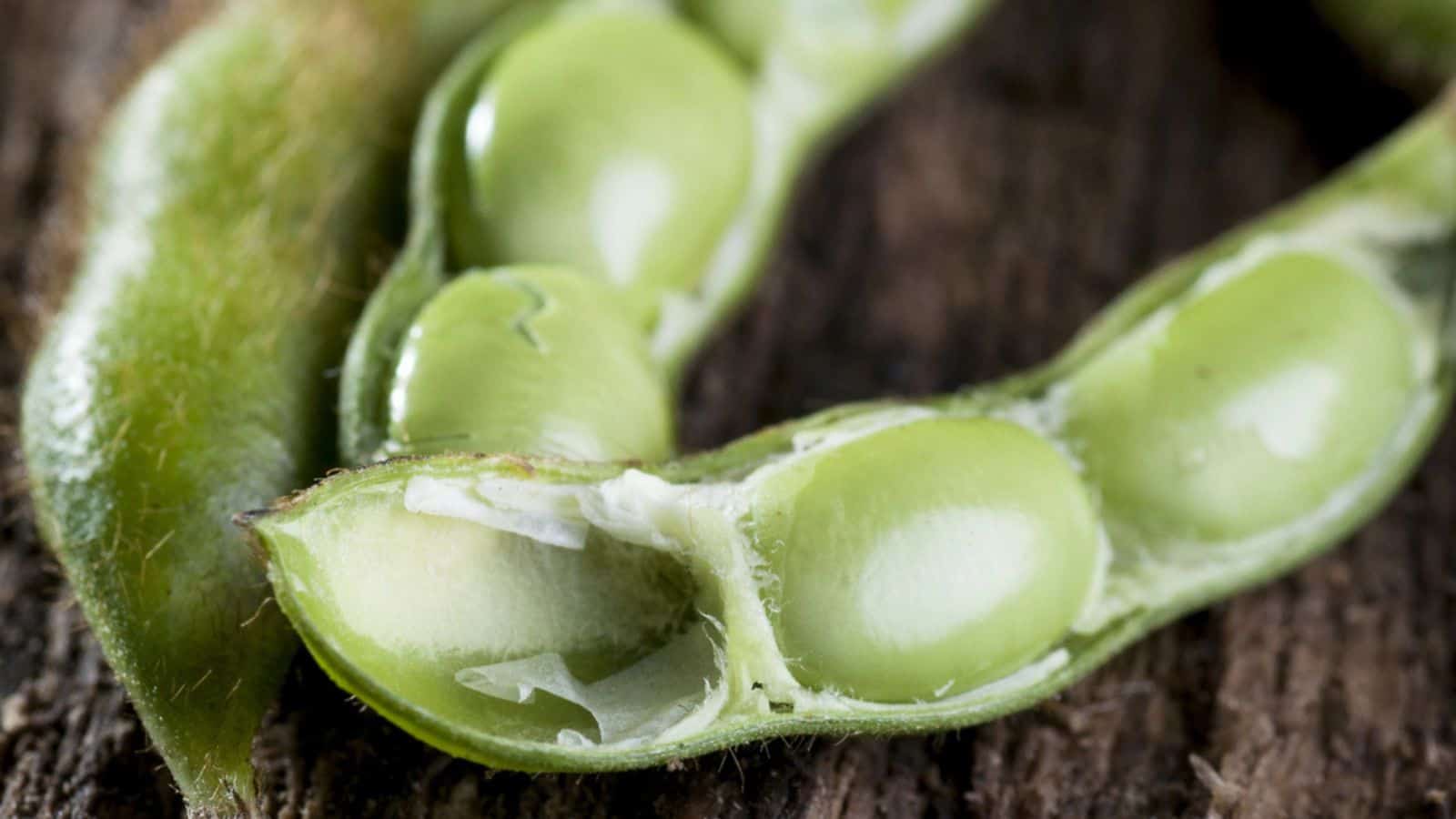
Natto is a traditional Japanese food made from fermented soybeans, known for its powerful smell, strong flavor, and slimy texture. It is often eaten with rice and is a common breakfast dish in Japan. Natto is rich in protein and beneficial bacteria, but its characteristics are challenging for many non-Japanese people to enjoy.
Corn Smut (Huitlacoche)

Corn smut, known as huitlacoche in Mexico, is a fungus that grows on corn, causing the kernels to swell into mushroom-like galls. In Mexican cuisine, it’s considered a delicacy and is used as a filling for quesadillas, tacos, and other dishes. Its earthy and somewhat smoky flavor is highly valued, but the idea of eating a plant disease can be unappealing to those outside the culture. Additionally, the appearance of the blackened, distorted kernels can be visually off-putting. Despite this, huitlacoche is rich in nutrients and has a unique taste that is cherished in Mexican gastronomy.
Kimchi
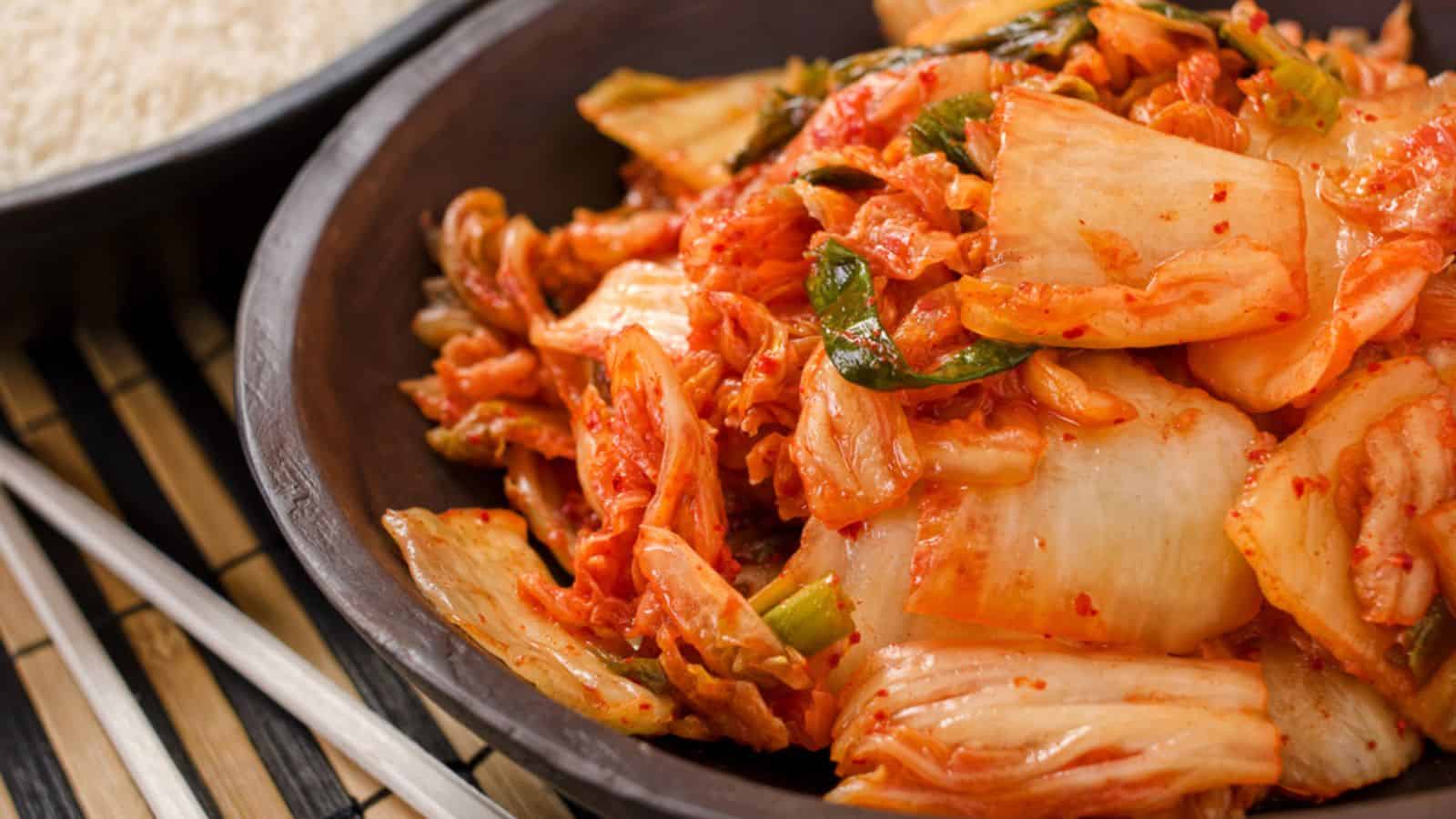
Kimchi is a staple in Korean cuisine, a traditional side dish made from salted and fermented vegetables, most commonly napa cabbage and Korean radishes, with a variety of seasonings including chili powder, scallions, garlic, ginger, and jeotgal (salted seafood). Kimchi is celebrated for its complex flavor and health benefits, including high levels of vitamins, fiber, and lactobacilli bacteria. However, its intense flavor and strong, pungent smell can be overwhelming for those not used to fermented foods.
Pickled Herring
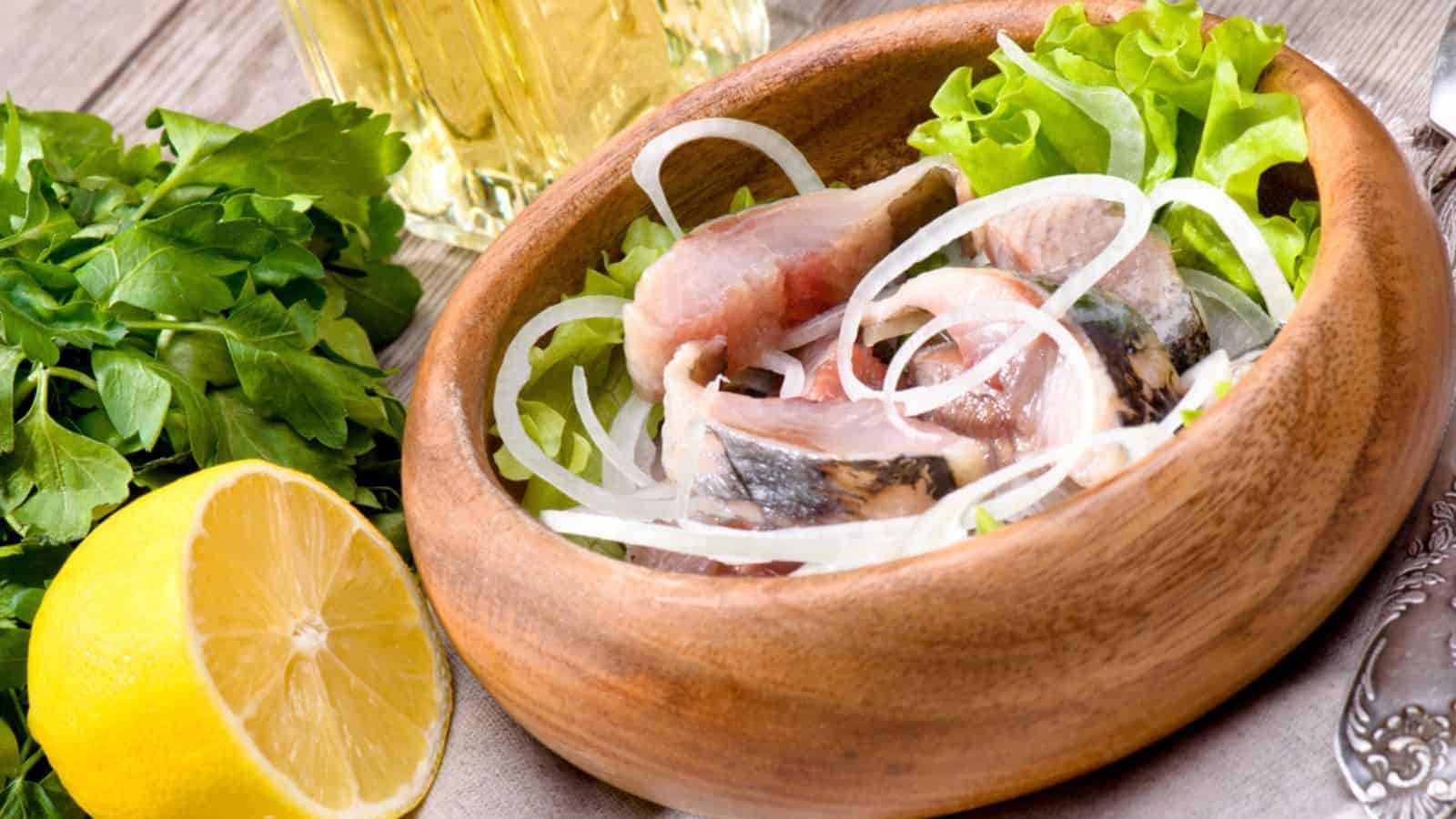
Pickled herring is a delicacy in Scandinavia, Eastern Europe, and the Netherlands, where it is often eaten with bread, sour cream, or onions. Herring is cured with salt to remove water and then pickled in a vinegar solution, which gives it a strong, sour taste. While it’s a traditional food, especially during celebrations like Midsummer and Christmas, the combination of fishiness and sourness is not universally appreciated, and the texture of the fish can also be a barrier for those unaccustomed to pickled seafood.
Black Pudding

Black pudding, also known as blood sausage, is a type of blood sausage that is commonly eaten in the UK and Ireland. It is made from pork blood, fat, and oatmeal, which are mixed together and stuffed into a casing before being cooked. Black pudding is often served as part of a traditional full English or Irish breakfast. Despite its rich flavor and status as a comfort food for many in its regions of origin, the primary ingredient—blood—can be a significant deterrent for those not used to the concept of blood-based foods. The idea of consuming coagulated blood can induce a strong psychological aversion, and the sausage’s dark, almost black color is unappetizing to some.
More From Arnie Nicola: 9 Foods People Hated as a Child But Now Love as Adults

As children, we often had strong opinions about the foods we ate, and some things just didn’t make the cut. However, as we grow older, our taste buds change, and we may find ourselves enjoying foods we once despised. Here are 9 foods people hated as a child but now love as adults.
9 Foods People Hated as a Child But Now Love as Adults
More From Arnie Nicola: 11 Foods That Are Too Awkward To Eat In Front Of Others

Eating in public can be a challenge, especially when it comes to certain foods that require a bit more effort to consume. Here are some of the most awkward foods to eat in public.






